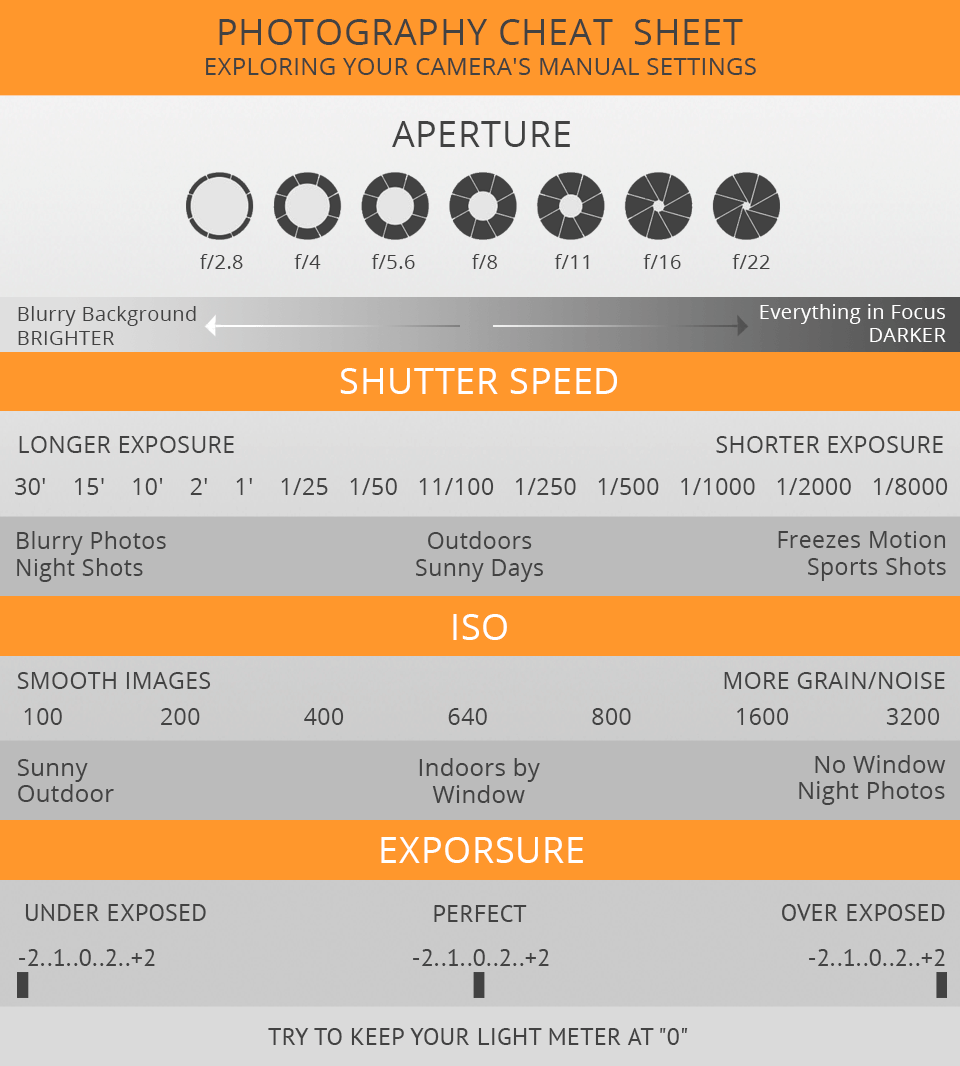Change Your Digital Photography By Grasping Lighting Methods That Can Boost Your Pictures-- Find The Typical Risks That Could Be Holding You Back
Change Your Digital Photography By Grasping Lighting Methods That Can Boost Your Pictures-- Find The Typical Risks That Could Be Holding You Back
Blog Article
Content By-Caldwell Riddle
As a professional photographer, you know that illumination can make or break your photos. Comprehending the nuances of both natural and synthetic light is vital for capturing the state of mind and clarity you aim for in your job. Whether you're chasing the excellent gold hour glow or fine-tuning your man-made setups, understanding these components can boost your digital photography substantially. Yet there are common challenges that several forget, and identifying them can transform your approach to every shoot. Let's explore what you may be missing and exactly how it can affect your outcomes.
Understanding All-natural Light
Recognizing all-natural light is vital for any kind of digital photographer looking to boost their job. It's the structure of fantastic digital photography, influencing mood, tone, and clearness. When you shoot outdoors, take note of the moment of day. The gold hour-- soon after sunrise and prior to sundown-- uses soft, cozy light that can change regular scenes right into sensational photos.
Do not underestimate the power of overcast days. Cloud cover diffuses sunlight, producing a soft, also light that's perfect for portraits and macro photography. You'll find shades appear this sort of illumination without severe darkness.
Positioning matters, as well. Constantly consider your topic's alignment to the light source. If the sunlight's behind your topic, you may end up with a silhouette, which can be dramatic but mightn't be what you desire. Conversely, direct sunlight can develop unflattering darkness.
Try out angles; sometimes, transforming your perspective can yield fantastic outcomes. Usage all-natural reflectors, like water or sand, to bounce light onto your topic, including dimension.
Mastering Artificial Light
Mastering artificial light is vital for photographers that want to take their abilities to the following degree. Whether you're making use of speedlights, studio strobes, or constant lights, understanding exactly how to control these resources can significantly boost your photos.
Begin by acquainting yourself with the basics of light high quality, instructions, and shade temperature level. Trying out different modifiers like softboxes, umbrellas, or grids to manage the gentleness or violence of the light.
You'll find that soft light usually creates complementary results, while harsher light can add drama and deepness. Do not avoid Jen Worley can improve the three-dimensionality of your subjects.
Pay close attention to the placement of your lights. A light located too near to your topic can produce uncomplimentary results, while also far can result in a lack of detail. Use a light meter or your electronic camera's pie chart to guarantee you're exposing correctly.
Finally, keep in mind that artificial light can be mixed with ambient light for innovative results. Stabilizing these sources may take method, once you grasp it, your photography will absolutely radiate.
Strategies for Different Circumstances
When you step into various shooting circumstances, adapting your illumination techniques is crucial for capturing the most effective photos. For exterior portraits, use the golden hour-- morning or late afternoon light-- to soften shadows and improve skin tones.
If it's a rough lunchtime sunlight, take into consideration utilizing a reflector to bounce light back onto your topic or seek shaded areas for a much more even direct exposure.
In low-light scenarios, like indoor occasions, boost your ISO and use a wide aperture to let in even more light. get redirected here can assist get rid of video camera shake, enabling longer exposures without obscuring.
If you're shooting at night, try out off-camera flash to develop vibrant lights and depth in your photos.
For product digital photography, utilize diffused illumination to prevent harsh reflections. Softboxes or light outdoors tents can aid accomplish this effect.
When photographing landscapes, take into consideration the direction of light and time of day, as it can considerably change the state of mind of your shot.
Constantly prepare to readjust your setups and placing based on the circumstance, as adaptability is key to mastering lighting in photography.
Conclusion
Finally, grasping illumination is vital to raising your digital photography skills. Embrace all-natural light's elegance throughout golden hour, and do not shy away from trying out synthetic light strategies. By adjusting your strategy to various circumstances, you'll capture spectacular images that reverberate with feeling and clarity. Remember, the appropriate lighting can change a normal shot into something remarkable, so maintain practicing and refining your understanding of both all-natural and man-made light. Satisfied capturing!
